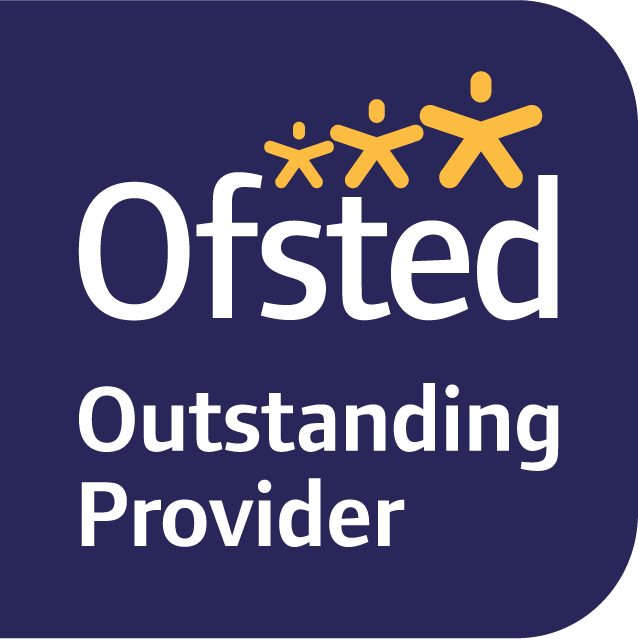How to use your levy for leadership development
How to use your levy for leadership development
The apprenticeship levy has been with us since 2017 but there are still misconceptions about how it can be used to support professional development in schools. Tracy Clement offers some guidance
School budgets have taken a bit of a battering in recent months and they are set to tighten further as the nation wrestles with a COVID-fuelled deficit. SBLs and their leadership colleagues will, of course, be on the lookout for any funding source that will help their finances across every area of spend, and professional development is an important one.
Spending on professional development doesn’t represent a big portion of school budgets; schools have, historically, spent just one per cent of their annual budgets on CPD – a figure that has fallen recently, according to the Teacher Development Trust.
Given that plenty of research points clearly to professional development having a huge impact on school performance and staff retention, it’s an area of spend that should be protected and, ideally, expanded.
The case for professional development spending was made stronger for schools with the introduction of the apprenticeship levy in 2017. As it currently stands, the levy requires organisations with a payroll of more than £3m to pay 0.5 per cent of their salary bill into an apprenticeship fund, with the money needing to be used within 24 months; that £3m measure applies to larger academy trusts, as well as local authorities. When you break it down to the individual school level, it equates to the average secondary school paying £30,000 per year into the levy.
All schools have access to this ring-fenced funding to support staff at all levels onto apprenticeship training programmes. These are work-based training programmes designed to help employers train individuals for specific job roles. An apprenticeship isn’t just for new staff or young people – it can be used to upskill and train existing staff of all ages and at any level, from GCSE-equivalent level 2 training through to level 7 – equivalent to Master’s level.
Here at Best Practice Network, we have developed two leader apprenticeships, which combine the level 5 departmental/operations manager apprenticeship standard with the Department for Education accredited National Professional Qualifications (NPQs) in middle leadership (NPQML) or senior leadership (NPQSL).
Schools have much to gain from using the apprenticeship levy for the cost-effective professional development of staff – but misconceptions about apprenticeships, and their relevance to the professional development of school staff, abound. For some, the term ‘apprenticeship’ still smacks of old-fashioned, industrial era, traineeships rather than modern CPD. Another barrier is confusion over who within the school, MAT or local authority should handle apprenticeship levy matters. The result is that several schools are effectively handing their levy money back to the government because they have been unable to spend it.
It’s worth setting out some of the basics – and dispelling a couple of myths – about the apprenticeship levy as a CPD funding route.
- Apprentices can be new or current employees.
- Apprentices can be of any age.
- Levy-paying local authorities and academy trusts in England with 250 or more employees have to employ an average of at least 2.3% of their staff as new apprentices every year until 2021.
- If you are a local authority school, speak with the LA Apprenticeships Team – they deal with the funding, Apprenticeship Service, lead contracts and procurement for your school. Contact Best Practice Network if you don’t know who this is, and we will find them for you.
- MAT’s control their own levy pot and apprenticeship service account for all schools in the trust.
- Any business with a wage bill of over £3m pays into the levy and can only use this to pay for apprenticeships.
- If your levy pot has insufficient funds, or you are a non-levy paying employer (small school), the government will pay 95% of the cost, with the employer paying five per cent.
- All employers need an apprenticeship service account – this manages the funding. More information is available at www.gov.uk/guidance/manage-apprenticeship-funds
- It’s not the case that staff on apprenticeship schemes are entitled to one day a week out of school on off-the-job training. Apprentices are required to spend 20% of their working hours acquiring new workplace skills, knowledge and behaviours. However, this includes any workplace activities that bring new learning, such as work shadowing, online learning, coaching, mentoring and insets.
- One of the most important details to remember is that any levy funds are clawed back at 24 months. If you don’t use it, you will lose it.
Times are tough for school budgets, but professional development can be supported, and even expanded if schools know how to use the apprenticeship levy funding.
The benefits of high-quality CPD are well known and will help to strengthen your school as it rides out what is set to be a tough few years.
Next steps: For advice and guidance on using the apprenticeship levy for professional development at your school go to https://www.bestpracticenet.co.uk/apprenticeships
Tracy Clement is apprenticeships director at Best Practice Network, one of the UK’s largest providers of training, development and support for education professionals. BPN has combined its middle and senior leadership NPQs (NPQML and NPQSL) with the level 5 operations/departmental manager apprenticeship to deliver two dual leadership programmes. www.bestpracticenet.co.uk


